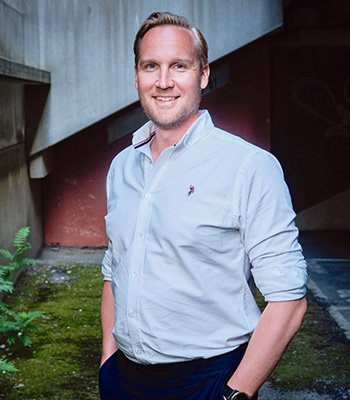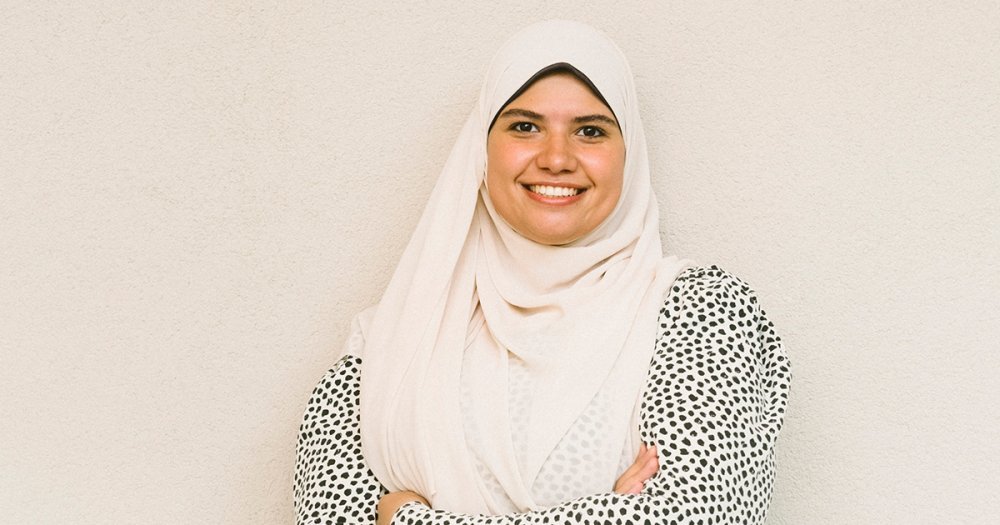 QHeat, a Finnish technology company, is a pioneer in geothermal energy solutions. The company’s Head of Sales and Business Development, Tero Kauppinen, participated in Aalto EE’s Leading for Creativity program as part of his MBA studies.
QHeat, a Finnish technology company, is a pioneer in geothermal energy solutions. The company’s Head of Sales and Business Development, Tero Kauppinen, participated in Aalto EE’s Leading for Creativity program as part of his MBA studies.
“We need creativity to drive the green transition, that’s a given,” Kauppinen emphasizes.
“It’s important to note that creativity is not just about envisioning new possibilities; it’s about the willingness to act. Only through a resolute willingness to act do we implement creative innovations. Dynamic, evolving organizations emerge through action.”
Kauppinen’s employer, QHeat, uses advanced drilling equipment to reach depths of 1,000 to 2,000 meters to harness thermal energy.
“Our medium-deep geothermal technology provides an almost emission-free way to heat and cool urban areas. Our wells also enable seasonal energy storage to balance energy demands throughout the year,” Kauppinen explains.
“I enrolled in the Leading for Creativity program to gain practical tools for creative problem solving and improve my leadership skills in fostering creativity.”
Kauppinen describes the Leading for Creativity program as a beneficial, memorable, and thought-provoking experience.
“We explored a fascinating range of methods for creative problem solving and reaching our creative potential – from harnessing AI to practicing bodily conscious creativity with one of Finland’s top choreographers,” he says.
Frame, reframe, and reframe again
One of the main lessons Kauppinen learned from the program was the importance of spending sufficient time defining the problem you want to solve.
“During the program, everyone presented a real-world challenge from their own organization, and we divided into groups to seek innovative solutions for the most interesting dilemmas,” he explains.
Understanding how pivotal leadership is was definitely one of my key takeaways.”
“We used AI quite extensively in the process – teaching it to understand what kind of group we were and what our question and challenge were. Then we framed and reframed the problem multiple times to define the underlying issue that we needed to create solutions for,” Kauppinen adds.
Kauppinen describes the exercise as an eye-opening experience.
“Often, a problem can seem so evident that it is tempting to start crafting a solution immediately. But when you bring numerous viewpoints to the table and spend sufficient time digging deeper, you often find that the root problem is something entirely different.”
“The group work really drove home why companies easily end up trying to solve the wrong problem. In a rapidly evolving world, we want to get things done, fast. But it is hard to come up with a game plan on how to score a goal if you don’t know where the goal is,” he notes.
Culture and leadership are key to leveraging creativity
The program highlighted the vital role that leadership and organizational culture play in leveraging creativity for business innovations.
“Understanding how pivotal leadership is was definitely one of my key takeaways,” Kauppinen asserts, and emphasizes that Finland has a wealth of untapped creativity.
“We are all inherently creative, there is no such thing as a non-creative person. Yet, there are certain prerequisites to harnessing creativity in an organization: trust, freedom, and responsibility.”
“Fostering a workplace that nurtures creativity ultimately boils down to leadership. You need to cultivate an organizational culture and processes that give everyone the room to be creative while also holding them accountable for delivering measurable results,” Kauppinen says.
Embrace creative conflict
Aalto EE’s Leading for Creativity program also provided valuable insights on how to manage creative conflict.
“When people with high skill sets and diverse backgrounds aspire to solve a problem together, opposing views often result in creative conflict. The program helped me recognize that this can be a highly positive thing. I gained valuable insights on how to manage creative conflict and learn how to benefit from it,” Kauppinen says.
Kauppinen is no stranger to creative conflict, having worked in startup companies for a large part of his career.
I gained valuable insights on how to manage creative conflict and learn how to benefit from it."
“No matter how groundbreaking a solution you have, there is no guarantee that it will gain traction. When a startup tackles a macro problem, there are always stakeholders who present micro problems that must be addressed as well,” he explains.
“Take our solution as an example: QHeat’s geothermal wells generate clean, unlimited, and self-reliant energy. We have several highly successful projects under our belt, but many potential customers are still hesitant about getting onboard. They benchmark us to fossil fuels and crave a solution that costs the same or less.”
“Aalto EE’s program helped me understand how different stakeholders can perceive things. If you determinedly push your own solution, it can easily cause the other party to take a step back instead of engaging in dialogue. If you are willing to move out of your comfort zone and embrace and manage the creative conflict, you can find common ground that leads to fruitful results,” Kauppinen remarks.
Collaborative learning generates valuable insights
Kauppinen says that he is pleased to endorse Aalto EE’s Leading for Creativity program.
“I find learning at Aalto EE particularly rewarding because you can always link the lessons to your own work: utilize the assignments and group discussions to help solve challenges and questions that you are dealing with,” Kauppinen points out.
“The instructors have extensive academic expertise, and the participants come from diverse fields. It provides a great starting point for collaborative learning. You can always rest assured that you will gain valuable perspectives and relevant insights to help you move forward,” he adds.
“Leading for Creativity is a beneficial program. I warmly recommend participating to anyone who needs to find innovative solutions in their work – which, in our day and age, means almost every leader and expert, regardless of their industry.”















